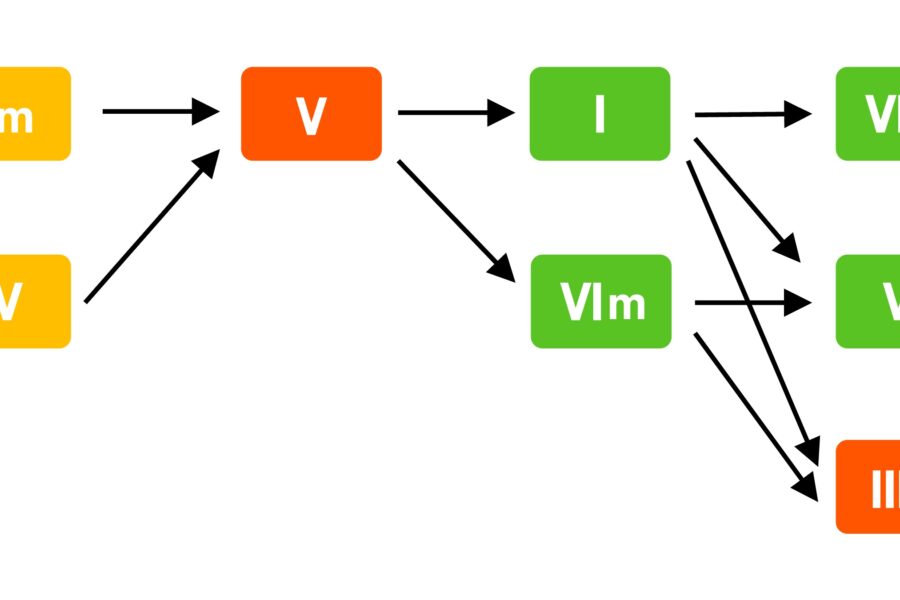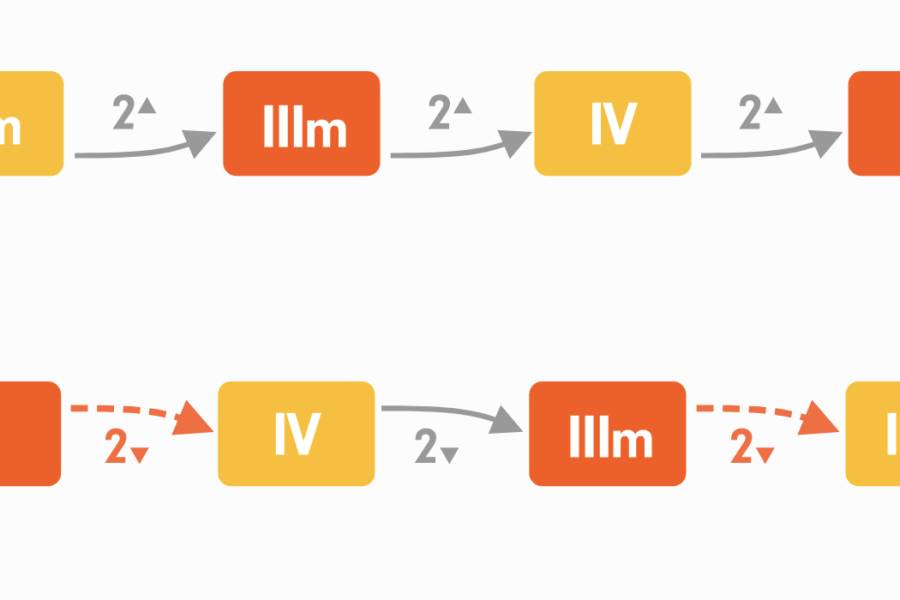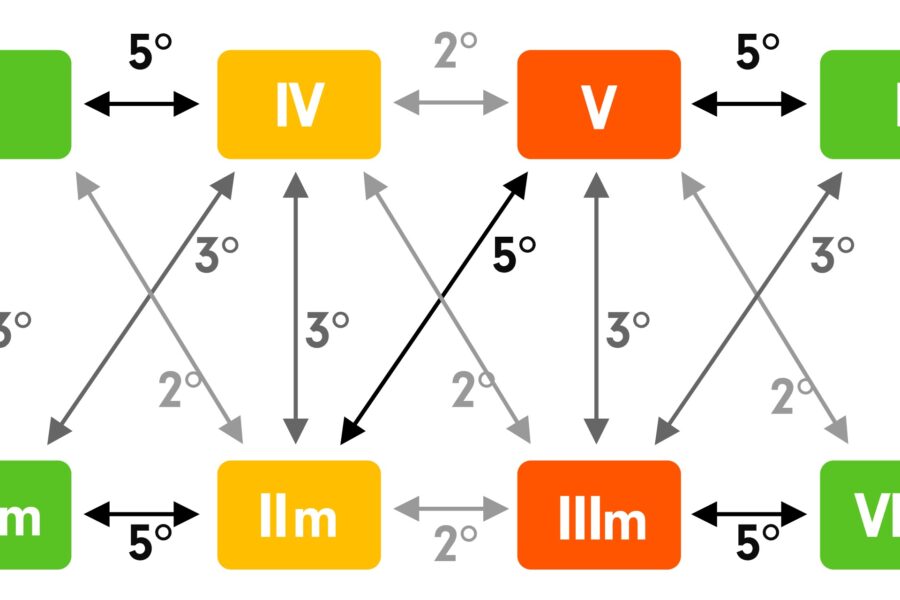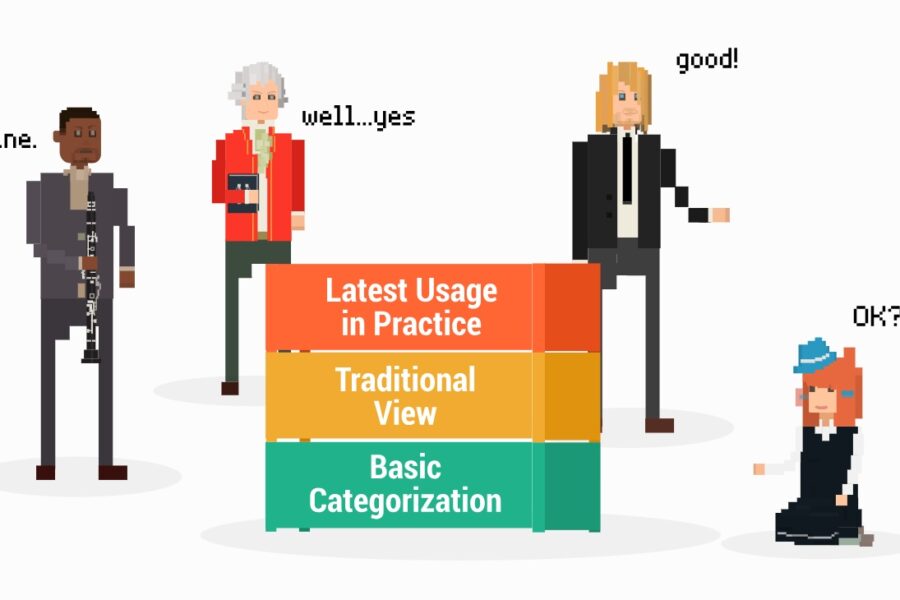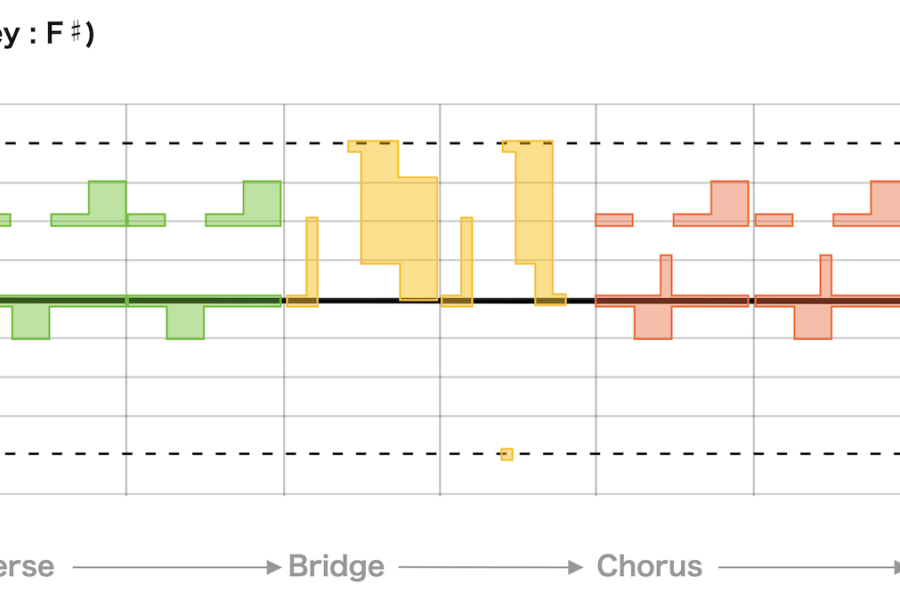Now, we've covered all nexuses within prime chords. And during the course you've seen that some nexuses are preferred in some genres while in others not, or some nexuses are avoided in some genres while popular in other genres. So this time I'm gonna review nexuses categorized not by 2nd/3rd/5th , but by music genres, to see how differently each…
yutaJune 24, 2024




